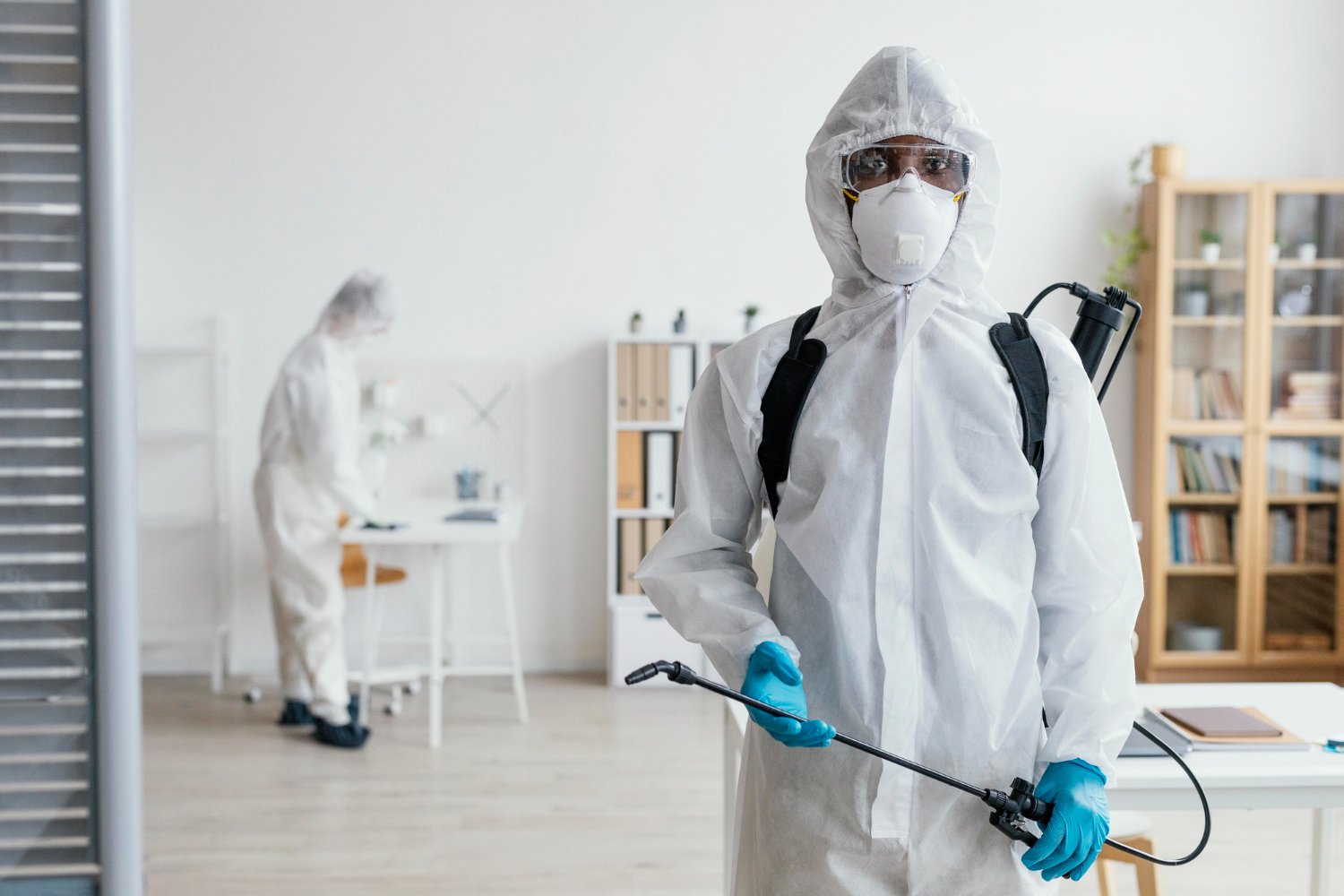Expert A1 Charlotte Bed Bug Exterminator - Quality Solution Guaranteed
Wiki Article
Bed Insect Therapy Breakdown: Comparing Chemical Vs. Non-Chemical Solutions
In the world of bug control, particularly when handling the relentless issue of bed pests, the selection in between chemical and non-chemical treatment options can be a critical one. Both approaches offer distinct advantages and downsides, influencing elements such as performance, safety and security factors to consider, and total expense. By examining the nuanced information of each approach, a more clear understanding of which course to go after in attending to a bed insect problem can be obtained.Performance of Chemical Therapies
Chemical therapies for bed insect problems have actually been extensively acknowledged for their fast and powerful efficiency in getting rid of these bugs. When considering the effectiveness of chemical therapies, it is crucial to understand that they can provide a extensive and quick option to a bed insect problem. Professional pest control specialists often rely on pesticides to target bed bugs at numerous phases of their life cycle, including adults, nymphs, and eggs. These chemicals commonly function by interrupting the bed pests' nerves, bring about paralysis and ultimate fatality.In addition, chemical therapies have the benefit of offering recurring effects, indicating that they can remain to get rid of bed insects even after the first application. This recurring activity is especially advantageous in combating any kind of potential re-infestations. Additionally, the fast action of chemical treatments can bring relief to individuals encountering severe bed bug problems, enabling them to restore control of their home rapidly.
Security Worries With Chemical Solutions
One essential aspect that needs mindful consideration when utilizing chemical remedies for bed pest therapy is making certain the safety and security of occupants and the environment. While chemical therapies can be reliable in getting rid of bed pests, they might present risks otherwise handled properly. One of the main security worries with chemical remedies is the possible damage they can cause to human health and wellness. Direct exposure to specific chemicals utilized in bed bug therapies can bring about respiratory problems, skin irritability, or other unfavorable reactions, especially in individuals with pre-existing problems or level of sensitivities. Furthermore, improper application or dose of chemical pesticides can lead to harmful residues lingering in the treated location, presenting long-term health and wellness dangers to residents.Furthermore, the ecological influence of chemical options is an additional substantial factor to consider. Some pesticides utilized in bed bug treatments may be dangerous to helpful insects, wildlife, and communities if they seep into the soil or water systems. It is necessary to use chemical treatments sensibly, complying with safety and security standards, and taking into consideration much less toxic alternatives to reduce these threats and ensure the risk-free and reliable monitoring of bed insect problems.
Benefits of Non-Chemical Techniques
Taking into consideration the possible security problems and ecological influence associated with chemical remedies for bed pest therapy, checking out non-chemical techniques presents a promising choice with numerous distinctive advantages. Non-chemical therapies are environmentally pleasant, as they do not add to air or water contamination, making them a lasting choice for insect control.In addition, non-chemical options can be effective in targeting bed bugs, including hard-to-reach locations where chemical therapies may not pass through - A1 pest control services charlotte. Approaches such as warm treatment, vacuuming, heavy steam cleaning, and cushion encasements offer detailed removal without the use of harmful chemicals.
Limitations of Non-Chemical Treatments

Furthermore, non-chemical therapies often call for numerous applications to accomplish successful obliteration. This can be lengthy and might not always ensure full elimination of all bed insects and their eggs, especially in surprise or hard-to-reach locations.
Moreover, the success of non-chemical therapies greatly depends on appropriate application and thoroughness, which can be challenging for people without professional knowledge. Inadequate application of non-chemical techniques may cause insufficient eradication, resulting in persistent invasions and the need for extra treatments.
As a result, while non-chemical treatments have their advantages, it is necessary to acknowledge these limitations and consider them when establishing the most reliable technique for taking anonymous care of bed insect problems.
Price Contrast: Chemical Vs. Non-Chemical Options
Offered the limitations connected with non-chemical therapies, an essential facet to examine in the context of bed bug management is the cost contrast between chemical and non-chemical choices. In contrast, non-chemical treatments like warm therapy or steam can be much more costly, with prices ranging from $1,000 to $6,000 for an entire home. While the preliminary cost of chemical therapies might appear lower, numerous treatments might be required to fully eradicate the invasion, potentially raising the overall cost.Conclusion

Taking into consideration the potential security concerns and environmental impact linked with chemical options for bed bug treatment, discovering non-chemical approaches provides an encouraging choice with a number of distinct benefits.Given the constraints associated with non-chemical therapies, a vital element to evaluate in the context of bed bug monitoring is the price comparison between chemical and non-chemical alternatives. In comparison, non-chemical therapies like warmth therapy or heavy steam can be a lot more costly, with prices ranging from $1,000 to $6,000 for a whole home. While the preliminary cost of chemical therapies might appear reduced, multiple treatments might be required to fully get rid of the learn the facts here now invasion, potentially raising the total expense.In verdict, when contrasting chemical and non-chemical bed insect treatment alternatives, it is vital to take into consideration efficiency, safety and security, advantages, constraints, and price.
Report this wiki page